
Interested in visiting a low-key yet fun, vibrant, cosmopolitan North American city? Then look no further than Montreal, Quebec! Before my 5-day visit to this amazing city last summer, I did not know what to expect. No offense to Montrealers and their excellent city, but I mistakenly did not see Montreal as a “destination.” I was prompted to visit the city after liking what I saw during an episode of “Joseph Rosendo’s Travelscope” and decided, somewhat impulsively, to give it a try.
And I’m sure glad I did! During the course of my five-day visit last summer, I quickly grew really impressed with this charming city, everything from its impressive arts and culture scene, its diverse culinary scene, rich history, architecture, and of course, Montrealers themselves, who are some of the nicest people on earth!
With so much going on in Montreal, especially during the summer months, the most impressive part of my trip was a visit to the amazing Notre-Dame Basilica for a mind-blowing light and sound show called “Aura” that takes places inside this beautiful sacred place. Between the building’s impressive interior to the mind-blowing, state-of-the-art light and aural experience, “Aura” at the Notre-Dame Cathedral is truly a feast for the senses, and a compelling destination for anyone visiting Montreal.
In the photo above, the Prophets Ezekiel and Jeremiah gaze in awe upon the interior of the Basilica, and it’s no wonder, as there’s a lot to gaze upon in this magnificent example of classic Gothic Revival architecture. This was a must-visit on my first-ever trip to Montreal in July, and it did not disappoint. The Basilica’s breadth and scope must be seen to be truly comprehended, and yet, despite its grand scale and history, the Basilica remains a hushed and reverent place of worship.

About the Notre-Dame Basilica
The Basilica is located at 110 Notre-Dame Street West, at the corner of Saint Sulpice Street, right in the center of popular Old Montreal. The building faces the Place d’Armes public square (below), which is a great place to take in Montrealers at leisure, especially on warm summer evenings when there is both a nice breeze and cool live music in the air.

A true masterpiece of classic Gothic Revival architecture, the Basilica has been a Montreal destination for tourists and locals alike since its completion in 1829. Approximately 11 million people visit the Basilica every year, giving it the distinction of being one of the most visited monuments in North America. In fact, seeing pics of its magnificent interior on travel websites and TV shows was a big part of the motivation for my planning a trip to Montreal.

As you can see in these pics, the Basilica’s interior is a sight to behold, with its vaults colored in deep blues and decorated with golden stars, as well as shimmering gold-leaf ornamentation, hundreds of woodwork carvings, religious paintings and statues, and colourful stained-glass windows, all sweeping dramatically upward as if reaching towards heaven itself. Interestingly, the Basilica’s stained-glass windows depict the religious history of Montreal rather than traditional Biblical scenes.



Of course, no cathedral is complete without a massive pipe organ, and the Basilica boasts an impressive Casavant Frères organ (above) that has been in service since 1891 and consists of four keyboards, 7000 individual pipes, and a pedal board. During the year the Basilica hosts a number of organ and chorale performances, and the annual December performances of Handel’s Messiah have become a Montreal Christmas tradition.
Here are more fun facts about Montreal’s Notre-Dame Basilica:
- The cathedral is located at 110 Notre-Dame Street West, at the corner of Saint Sulpice Street
- Construction began in 1824 and was completed in 1829, and the building was consecrated on 15 July 1829
- The interior decoration was completed in 1880, under the direction of Montréal architect Victor Bourgeau
- The Basilica has hosted the wedding of Montreal native Celine Dion to René Angélil and the funerals of Angélil, former Candian Prime Minister Pierre Trudeau, and NHL superstar Maurice “Rocket” Richard
- The basilica is the largest church in North America and can accommodate 8,000 to 10,000 worshipers

About Aura
Created by light and sound pioneers Moment Factory, Aura is divided into two 20-minute segments, with the first being a unique opportunity to explore the magnificent interior of the Basilica. For this segment, the interior’s many vaults are cleverly lit with moving streams of LED lights, putting a new spin on traditional religious scenes by giving them the appearance of being alive.
Feel free to take as many pictures as you like during this part, because photos and video are strictly prohibited during the second segment (if caught by the staff, you will be asked to leave, so don’t even try because they are quite diligent. On the night I was there, everyone followed this simple request).


The second portion of the show starts quietly and solemnly and over the course of 20 minutes slowly builds into a cacophony of light, arresting images, lasers, and music that varies from light orchestral to trippy, synth-based soundscapes. To see this beautiful sacred space and it’s classic architecture transformed in such a luminous manner was, to me at least, a really moving experience.
Alas, not being able to take video leaves a lot of the experience to your imagination, so click here to get a brief taste of an immersive sensory experience that has to be seen (and heard) to be believed. When visiting Montreal, I heartily urge you to put a visit to Aura at Notre-Dame Basilica at the top of your itinerary! I’m glad I did.
I had read on travel websites that some people complained that 20 minutes wasn’t long enough for Aura’s price of admission, but I did not find that to be true at all. In fact, I felt 20 minutes was just long enough. The show goes all out on the visuals and sounds and I felt that anything longer would have been too much of a sensory overload to the point of being numbing. Apparently, some people need to complain about everything!

Tickets and Show Times
Aura can be seen Tuesday through Saturday at 6 PM and 8 PM and Sundays at 7 PM and 9 PM. Tickets are $29.50 for adults, $26.50 for seniors, $19.50 for students aged 17-22, and $16.00 for kids and young adults. Family rates that include four tickets (two adults and 2 children ages 6-16) are $74.00. These prices also cover tax and service charges.
As with any popular tourist destination, I recommend ordering your tickets online in advance, although tix can be bought before the show at the Basilica box office, depending on availability. There is no assigned seating for the light show, so be sure to get there early, as a long line starts forming well before the show begins.
Visit the Basilica’s website to find out more about the history of the building, events, and tours. And be sure to check out the Aura website to book advance tickets and to see more videos of this one-of-a-kind experience.
The closest Metro is Place-de’Armes on the Orange Line but if you’re staying in Montreal proper, do yourself a favor and walk there … there’s so much to see along the way! Afterwards, take a leisurely stroll around Place d’Armes or go deeper into Old Montreal, which is like being in Paris without actually being in Paris.

There’s no shortage of excellent restaurants in Old Montreal, although I heartily recommend Restaurant Boneparte (below), a five-minute walk from the Basilica at 447 St Francois Xavier Street. Go ahead and splurge on the Tasting Menu. I did and it still ranks as one of the best dining experiences I’ve ever had!

So once the world opens up and we’re all free to travel once again, make one of your first destinations the wonderful city of Montreal. I might just run into you there, because for me a second, a deeper visit is a must!





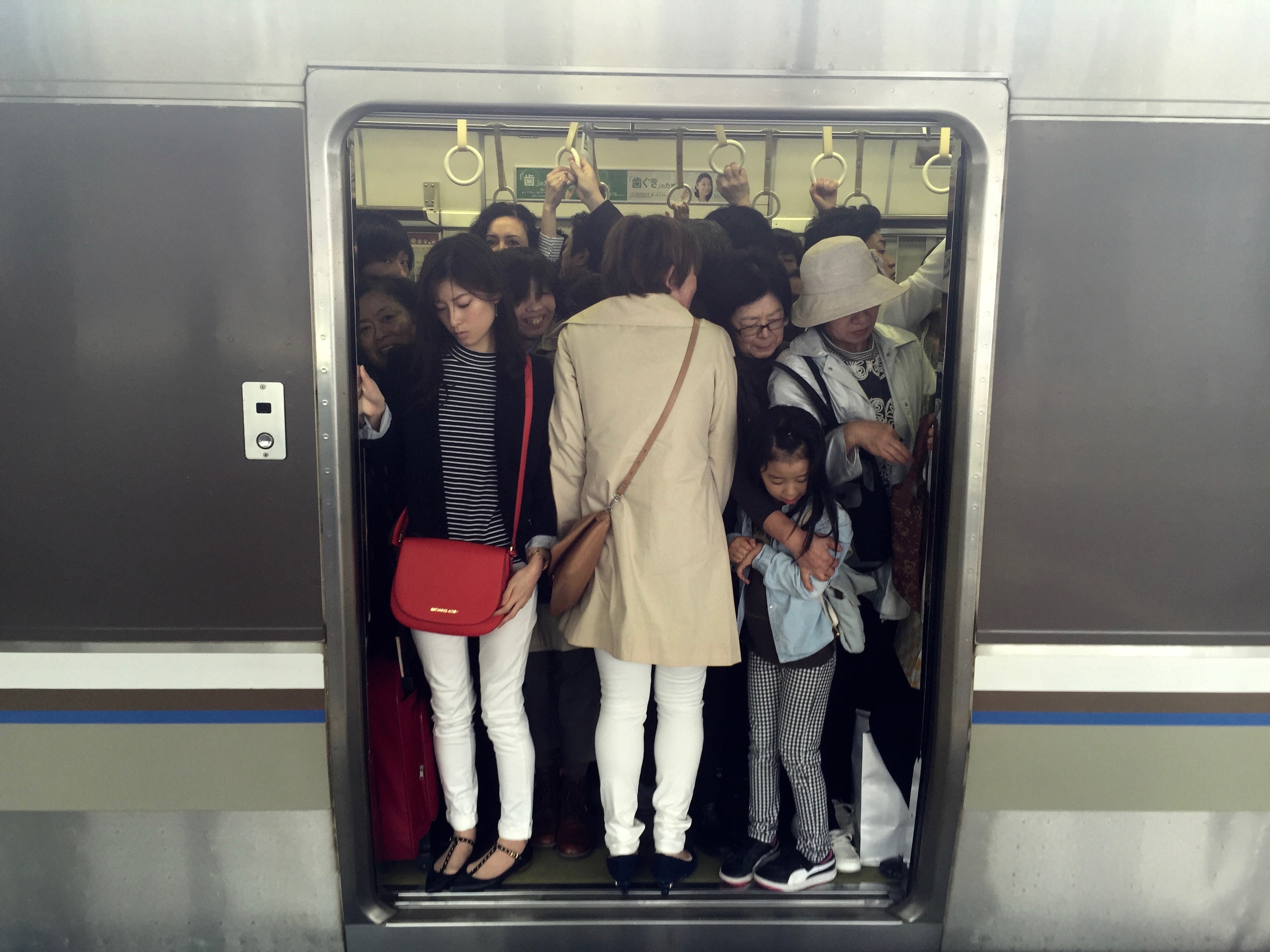
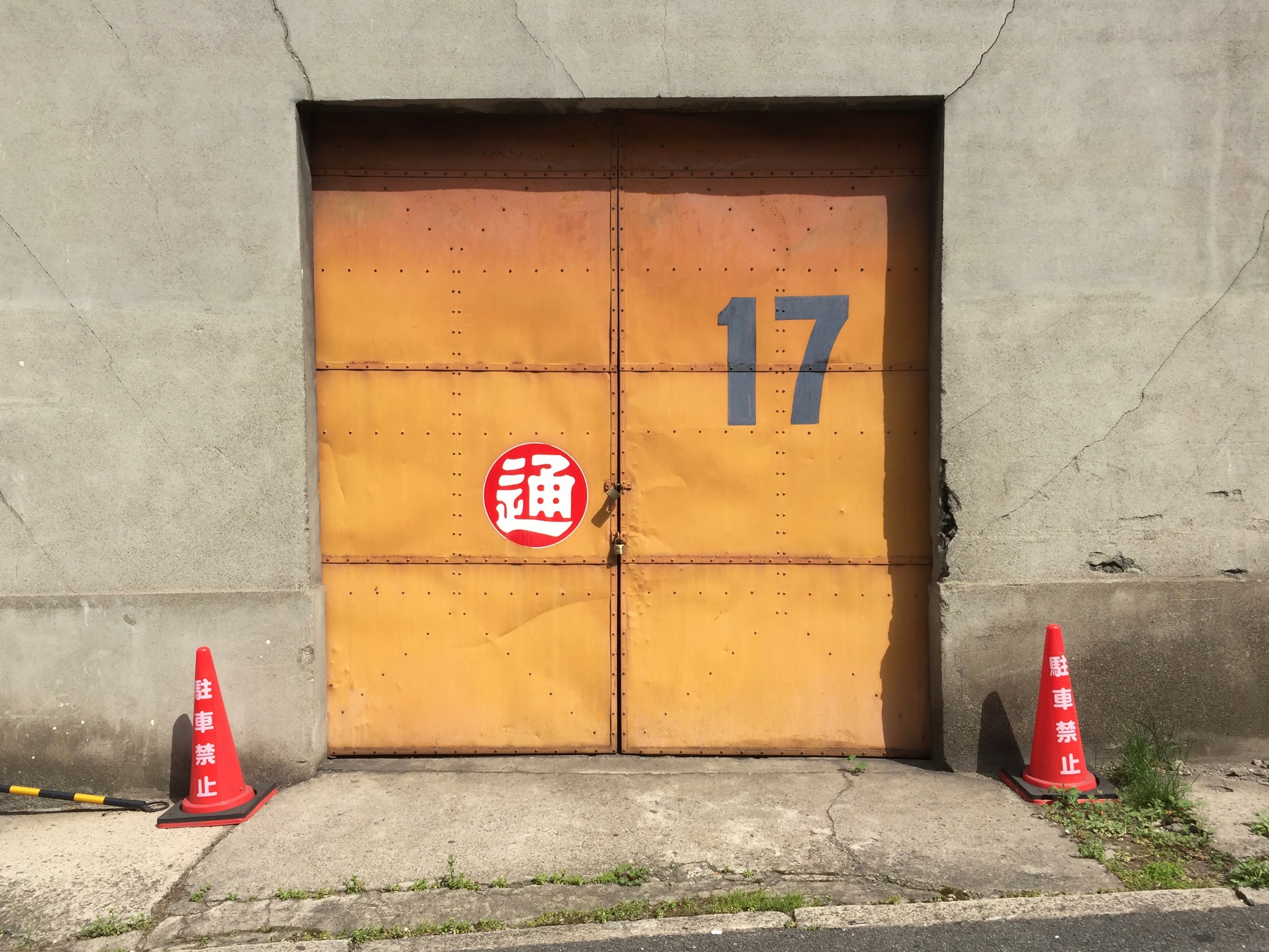






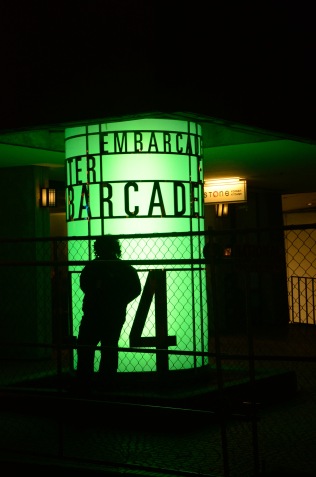


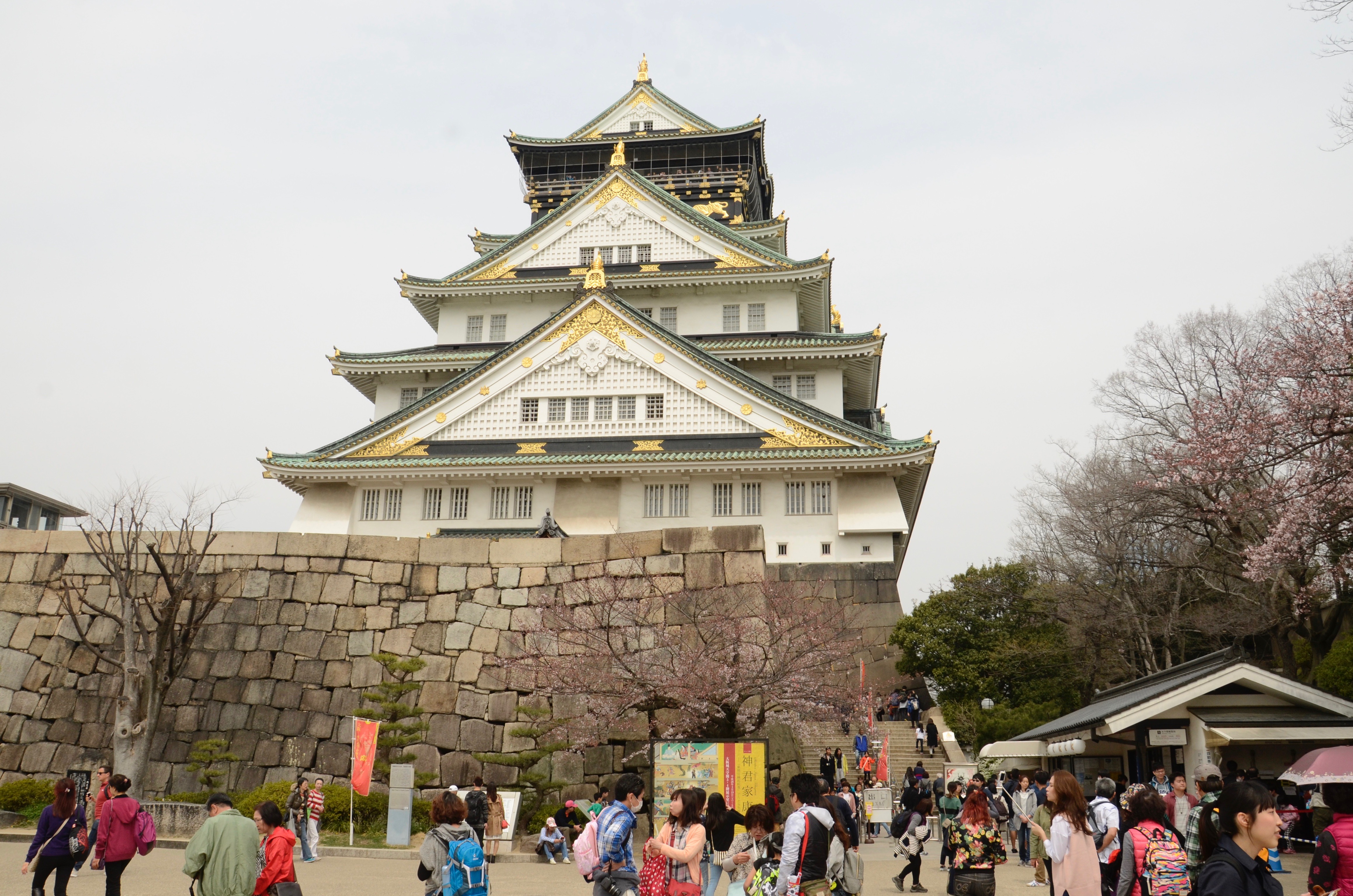
 I found the city to be full of surprises, like the amazing Yasaka-jinja lion shrine in Namba (above) …
I found the city to be full of surprises, like the amazing Yasaka-jinja lion shrine in Namba (above) … …the giant whales in the Hep 5 shopping mall in Umeda (above) …
…the giant whales in the Hep 5 shopping mall in Umeda (above) … …the awesome Kuromon Market (above), a true feast for the senses, especially if you’re hungry …
…the awesome Kuromon Market (above), a true feast for the senses, especially if you’re hungry … … and the trippy modern architecture of the Osaka National Museum of Art (above).
… and the trippy modern architecture of the Osaka National Museum of Art (above).


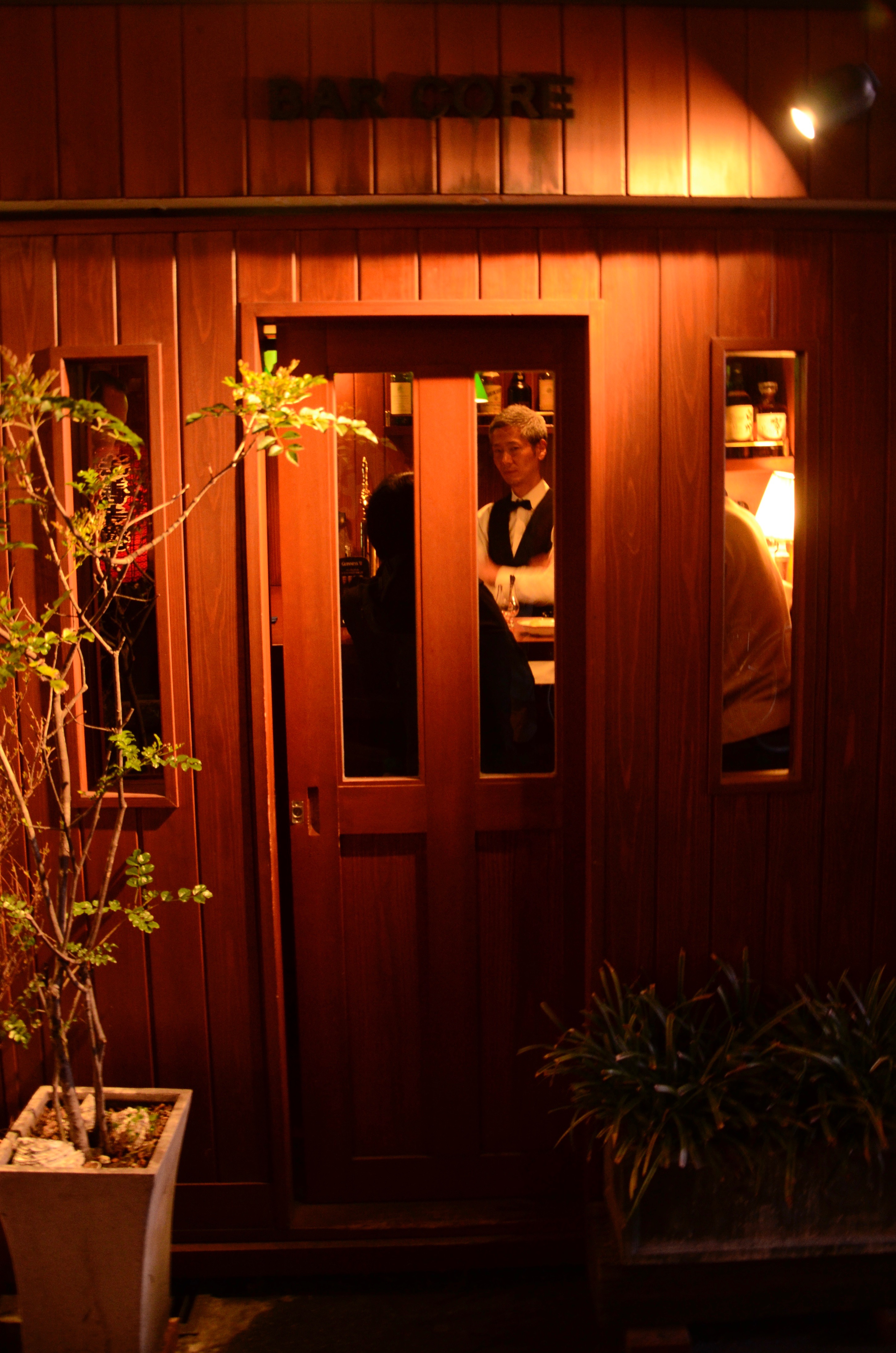


 While any excuse to visit Japan is good enough for me, having this year’s two-week adventure in Osaka and Kyoto coincide with the annual cherry blossom extravaganza gave this trip some extra luster. Traditionally, the cherry blossoms go into full bloom in late March/early April, but the timing can be tricky. Last year the blossoms came early, so by late March they were already gone.
While any excuse to visit Japan is good enough for me, having this year’s two-week adventure in Osaka and Kyoto coincide with the annual cherry blossom extravaganza gave this trip some extra luster. Traditionally, the cherry blossoms go into full bloom in late March/early April, but the timing can be tricky. Last year the blossoms came early, so by late March they were already gone. Fortunately, all that pre-trip finger-crossing paid off, because we nailed the timing perfectly. The first leg of our tour was four days in Osaka for the last week of March, where the cherry blossoms were plentiful and colorful, especially along the riverside at Minami-Temma Park, but still a little young. By the time we got to Kyoto on April 1, though, the blossoms were full and fluffy and vibrantly colored … the peak of the season!
Fortunately, all that pre-trip finger-crossing paid off, because we nailed the timing perfectly. The first leg of our tour was four days in Osaka for the last week of March, where the cherry blossoms were plentiful and colorful, especially along the riverside at Minami-Temma Park, but still a little young. By the time we got to Kyoto on April 1, though, the blossoms were full and fluffy and vibrantly colored … the peak of the season!
 Every scene looked like a painting or soft-focus photo.
Every scene looked like a painting or soft-focus photo. It’s cherry trees as far as the eye can see along Osaka’s Kyū-Yodo River.
It’s cherry trees as far as the eye can see along Osaka’s Kyū-Yodo River. I’m not given to corny superlatives, but at times the cherry blooms were breathtaking!
I’m not given to corny superlatives, but at times the cherry blooms were breathtaking! Enhancing the air of specialness they create, the Japanese people really celebrate their cherry blossoms, as well they should. Their affinity for the cherry blossoms is almost spiritual, as if there’s a special connection between the people and the blossoms with their peaceful beauty. It’s as if they know that the blossoms will only be around for a short period of time, so they make the very best of that time.
Enhancing the air of specialness they create, the Japanese people really celebrate their cherry blossoms, as well they should. Their affinity for the cherry blossoms is almost spiritual, as if there’s a special connection between the people and the blossoms with their peaceful beauty. It’s as if they know that the blossoms will only be around for a short period of time, so they make the very best of that time. So any place with cherry threes, and and especially any area under the branches, could quickly become a picnic area, with people throwing down blankets or tarps (usually blue), busting out the food and drink, and having a relaxing time with friends and family underneath the cherry blossoms.
So any place with cherry threes, and and especially any area under the branches, could quickly become a picnic area, with people throwing down blankets or tarps (usually blue), busting out the food and drink, and having a relaxing time with friends and family underneath the cherry blossoms.
 Of course, sushi is always on the menu when traveling in Japan, like this sweet presentation in a Osaka sushi joint. I ate sushi four times, including my first night in Japan … seems only apt. Osaka seemed like a big seafood city with lots of seafood restaurants and fresh seafood in the markets. So the sushi was always fresh and creamy … sometimes it just melt in the mouth.
Of course, sushi is always on the menu when traveling in Japan, like this sweet presentation in a Osaka sushi joint. I ate sushi four times, including my first night in Japan … seems only apt. Osaka seemed like a big seafood city with lots of seafood restaurants and fresh seafood in the markets. So the sushi was always fresh and creamy … sometimes it just melt in the mouth. This booth in Osaka’s Kuramon Shopping Area was really interesting. You choose the cut of beef you want …
This booth in Osaka’s Kuramon Shopping Area was really interesting. You choose the cut of beef you want … …in my case a nice slice of Kobe beef, complete with Kobe beef certificate …
…in my case a nice slice of Kobe beef, complete with Kobe beef certificate …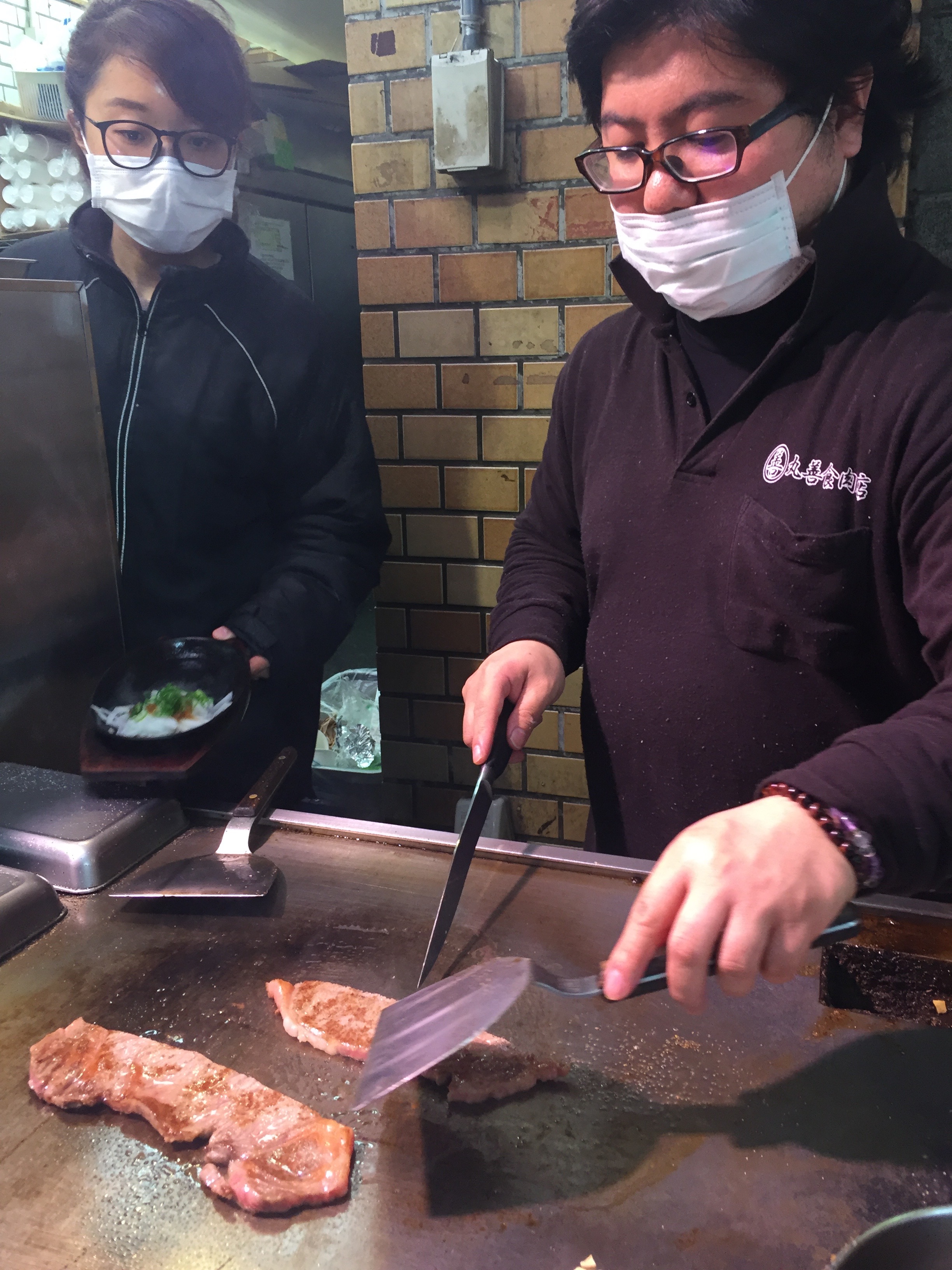 The staff cooks your beef on a grill, with liberal dashes of black pepper …
The staff cooks your beef on a grill, with liberal dashes of black pepper … … and then serve it up with onions, garlic chips, scallions, and a nice dipping sauce. Osaka is known as a beefeaters paradise, what with it close proximity to Kobe, so beef restaurants are everywhere, all at varying prices. This little stand in the market served it up perfectly, satisfying my cravings for beef.
… and then serve it up with onions, garlic chips, scallions, and a nice dipping sauce. Osaka is known as a beefeaters paradise, what with it close proximity to Kobe, so beef restaurants are everywhere, all at varying prices. This little stand in the market served it up perfectly, satisfying my cravings for beef.


